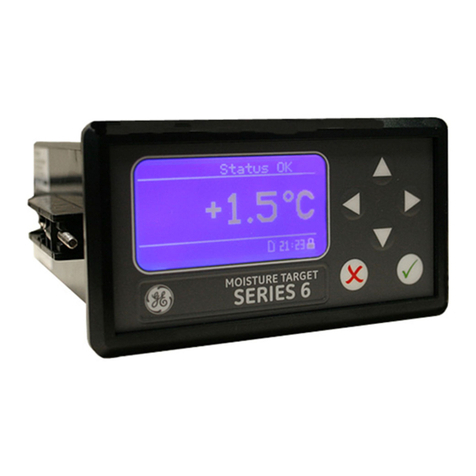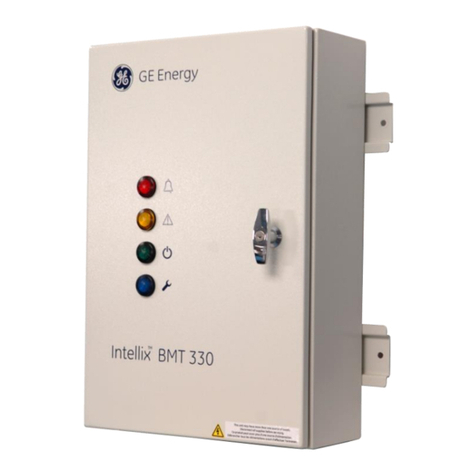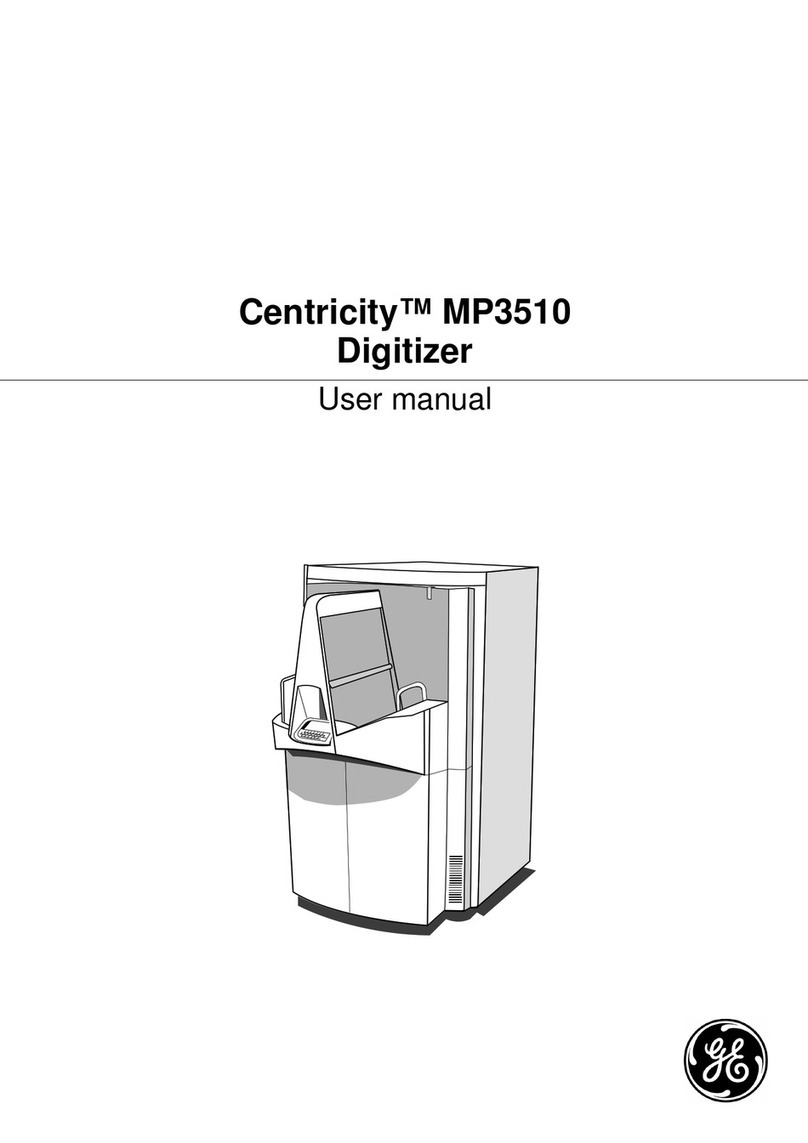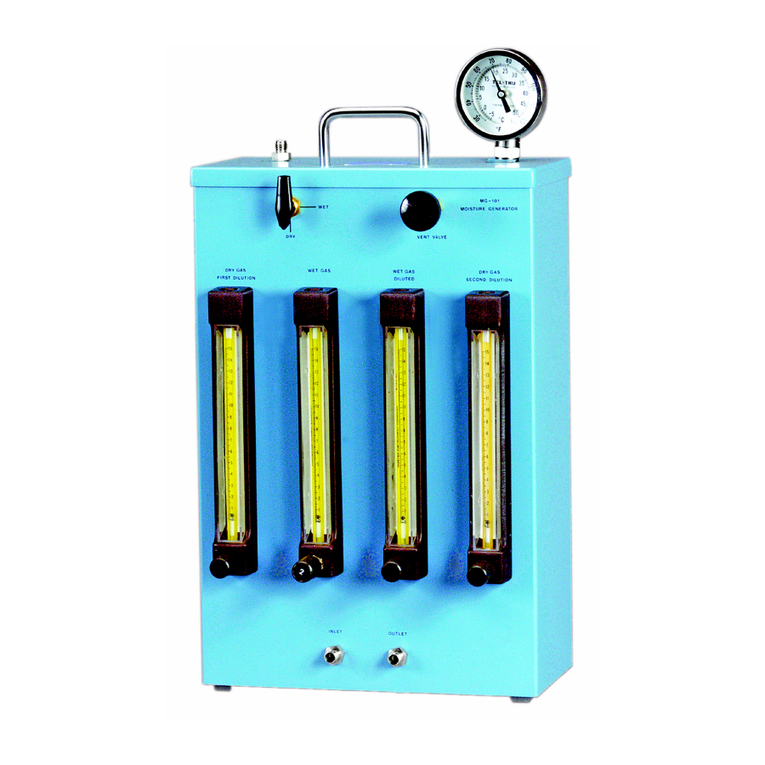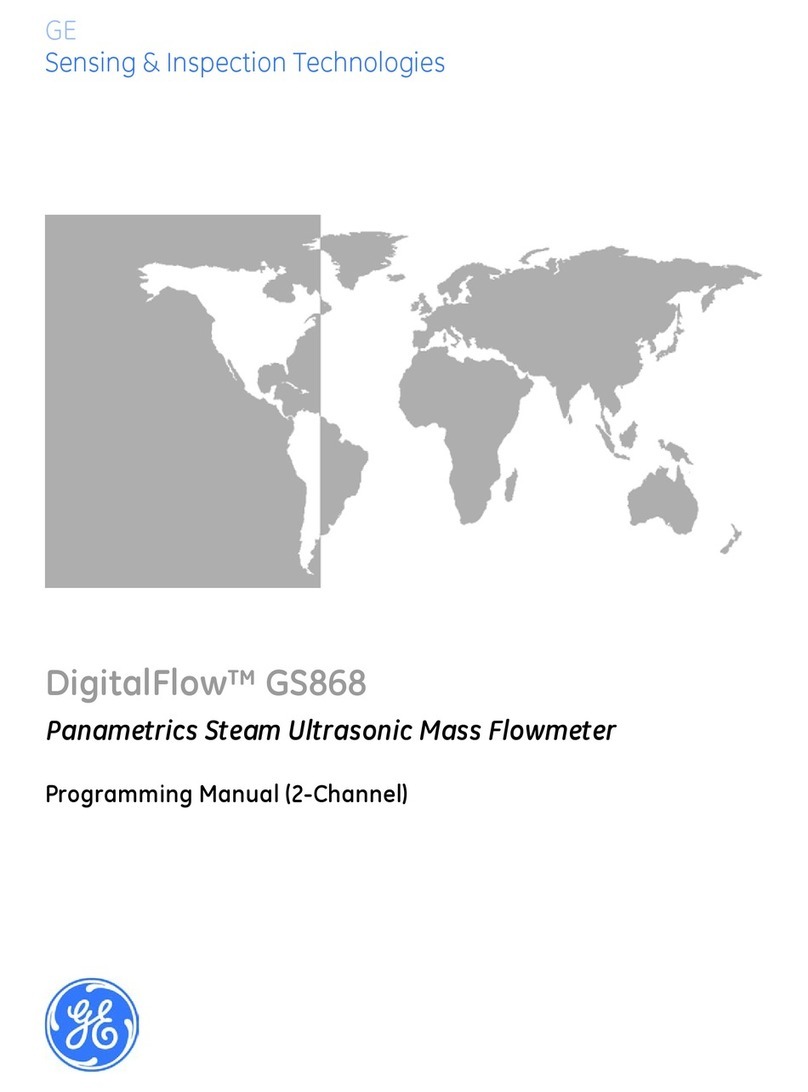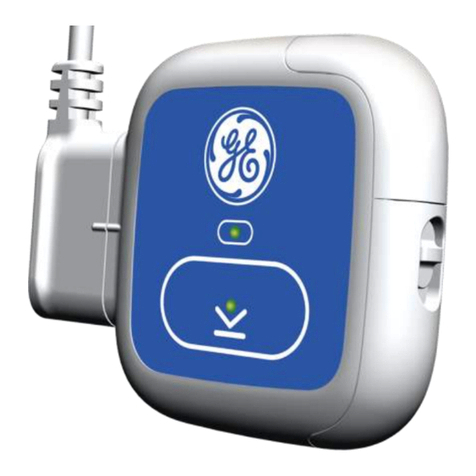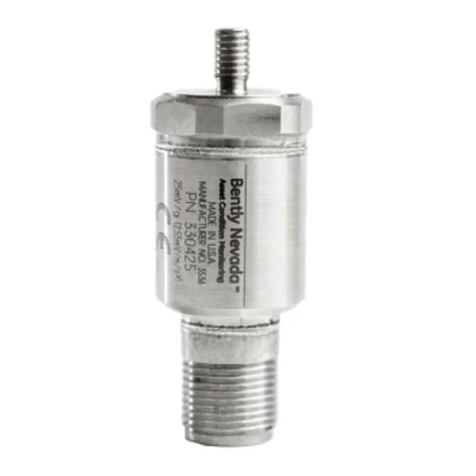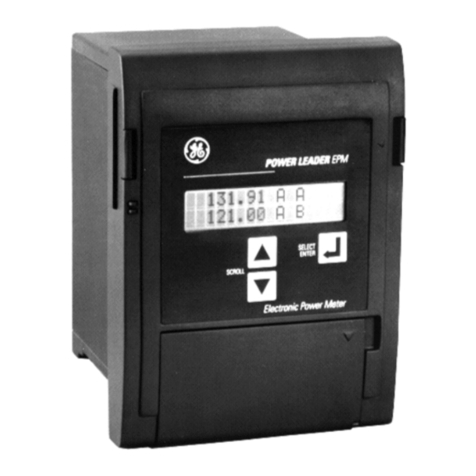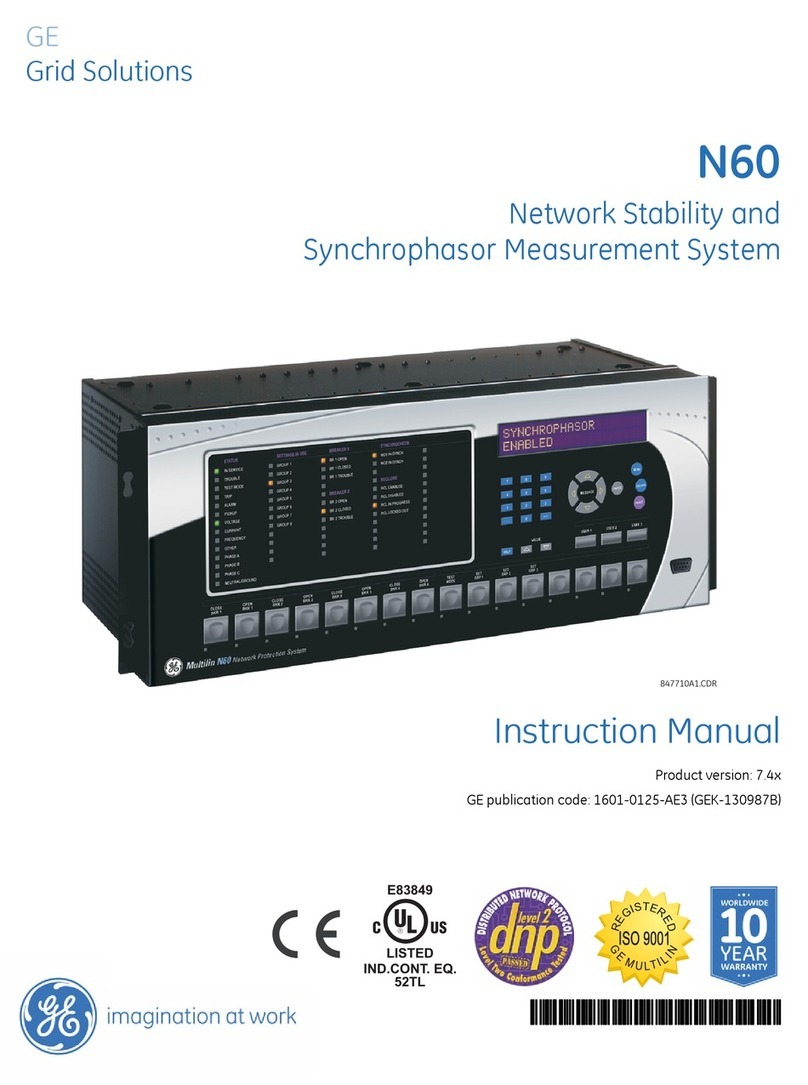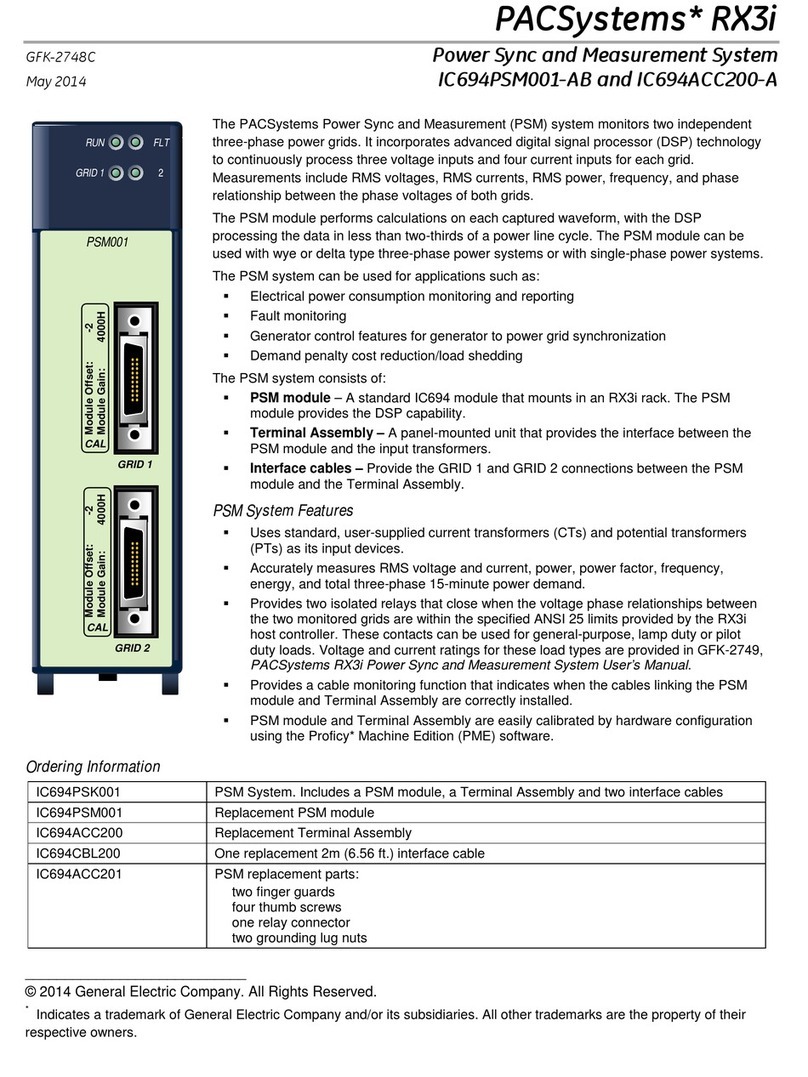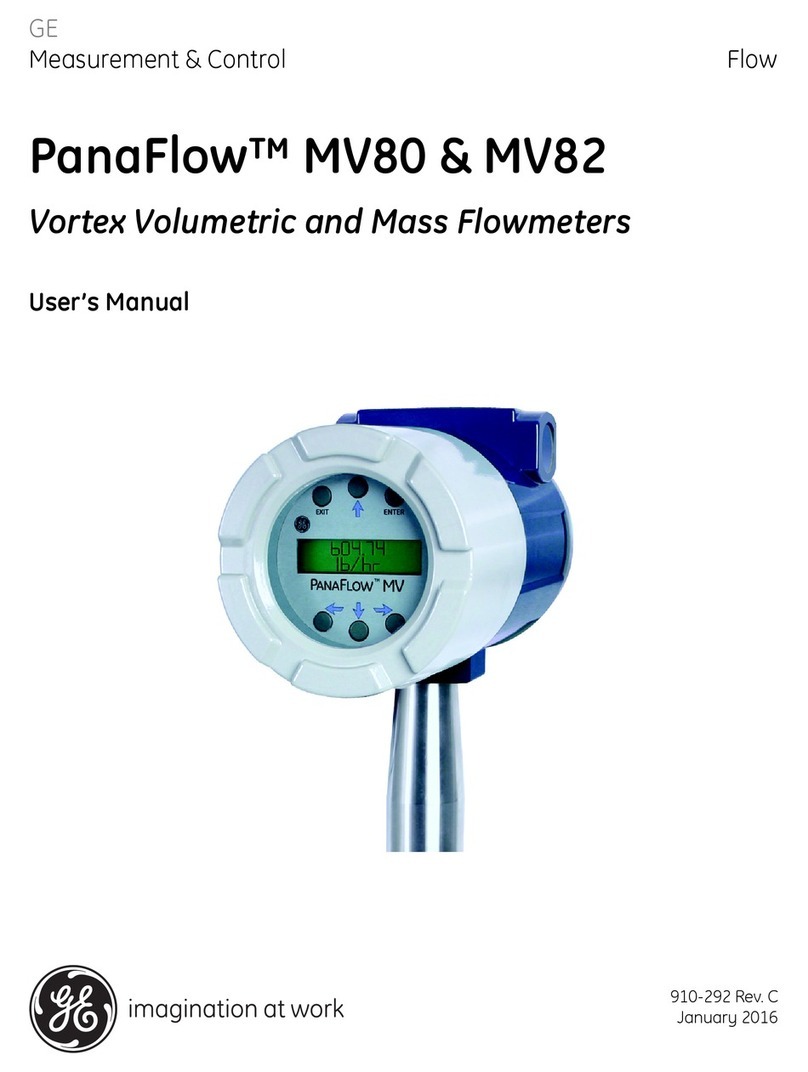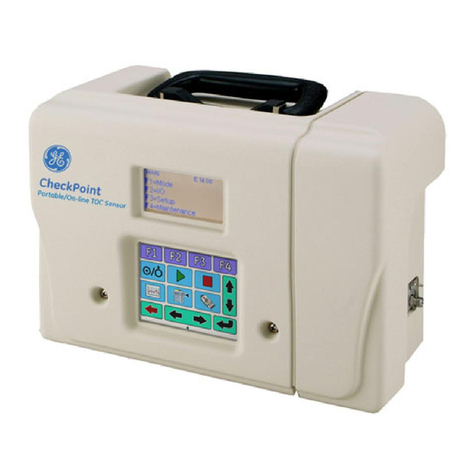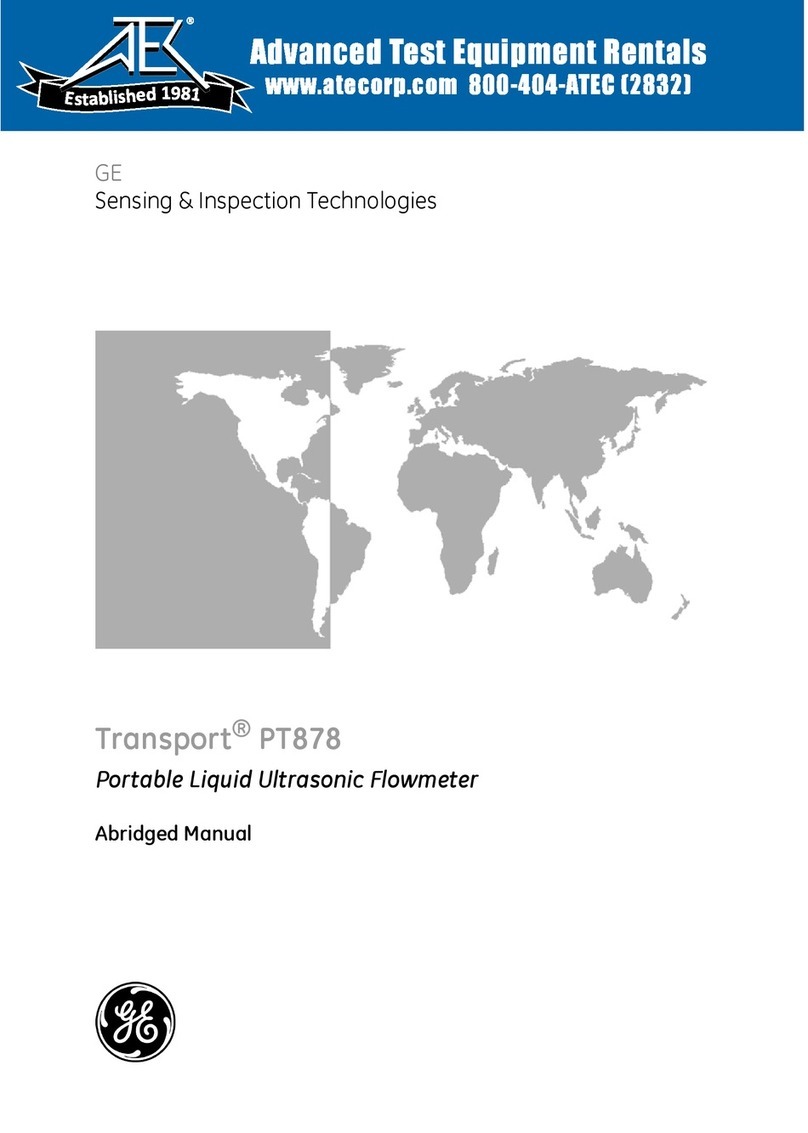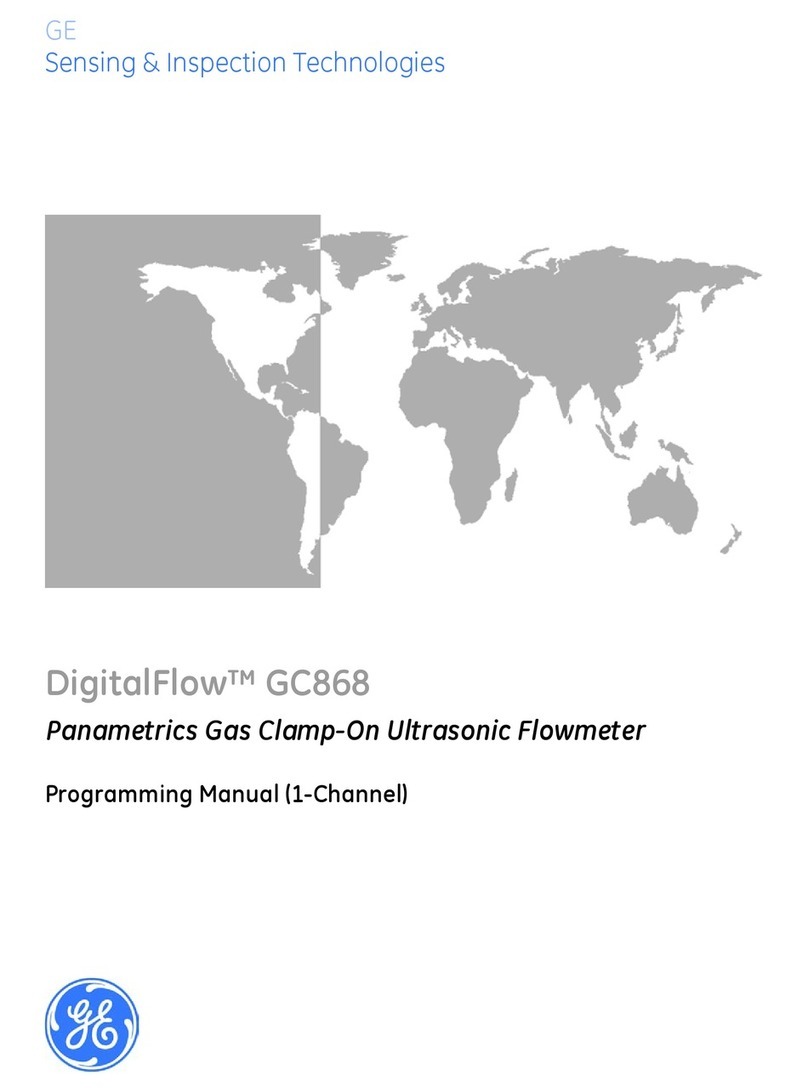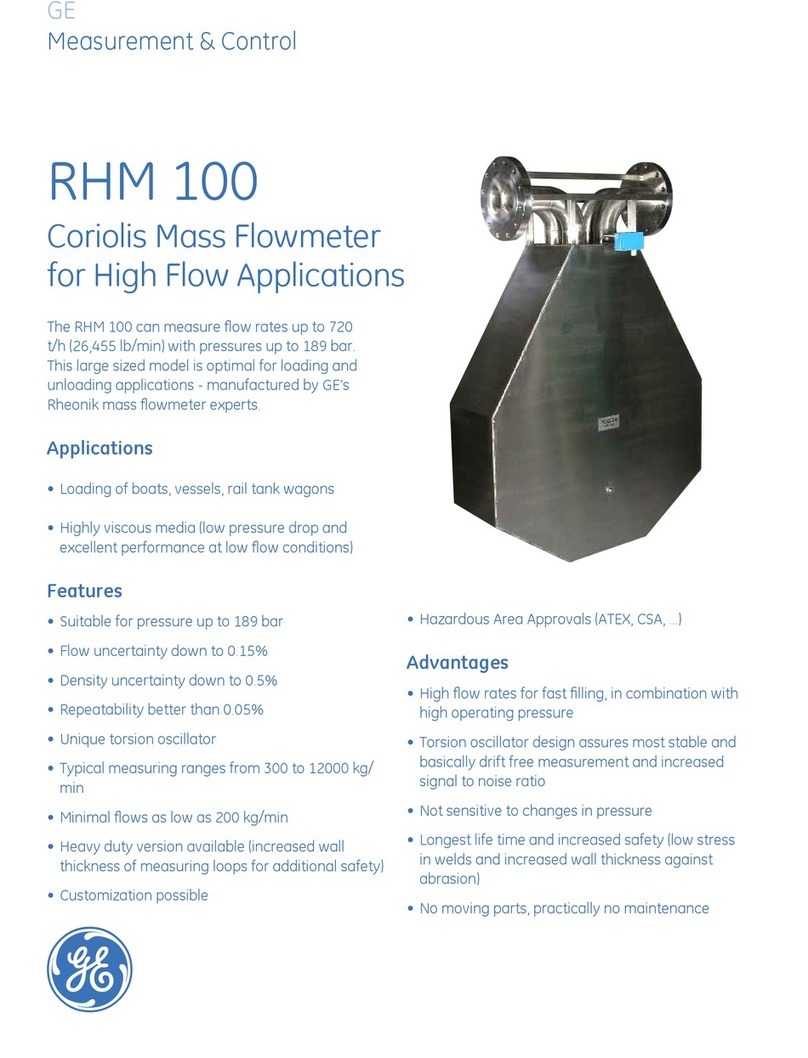
vii
April 2009
Table of Contents (cont.)
Chapter 5: Creating and Managing Sites
The Site Manager . . . . . . . . . . . . . . . . . . . . . . . . . . . . . . . . . . . . . . . . . . . . . . 5-2
Creating a New Site . . . . . . . . . . . . . . . . . . . . . . . . . . . . . . . . . . . . . . . 5-4
Opening an Existing Site . . . . . . . . . . . . . . . . . . . . . . . . . . . . . . . . . . . 5-6
Saving a Site . . . . . . . . . . . . . . . . . . . . . . . . . . . . . . . . . . . . . . . . . . . . . . 5-7
Saving a Site with a Different Name . . . . . . . . . . . . . . . . . . . . . . . . 5-8
Refreshing a Site . . . . . . . . . . . . . . . . . . . . . . . . . . . . . . . . . . . . . . . . . . 5-9
Renaming a Site . . . . . . . . . . . . . . . . . . . . . . . . . . . . . . . . . . . . . . . . . . . 5-9
Deleting a Site. . . . . . . . . . . . . . . . . . . . . . . . . . . . . . . . . . . . . . . . . . . . 5-10
Creating a Site Message . . . . . . . . . . . . . . . . . . . . . . . . . . . . . . . . . . 5-11
Printing a File. . . . . . . . . . . . . . . . . . . . . . . . . . . . . . . . . . . . . . . . . . . . . 5-13
Transferring a Site File to a PC. . . . . . . . . . . . . . . . . . . . . . . . . . . . . 5-13
Transferring a File as Text. . . . . . . . . . . . . . . . . . . . . . . . . . . . . . . . . 5-14
Transferring a File from a PC to the PT878GC . . . . . . . . . . . . . . 5-15
Listing Files by Name . . . . . . . . . . . . . . . . . . . . . . . . . . . . . . . . . . . . . 5-17
Listing Files in Chronological Order . . . . . . . . . . . . . . . . . . . . . . . . 5-17
Chapter 6: Displaying and Configuring Data
The Format Option. . . . . . . . . . . . . . . . . . . . . . . . . . . . . . . . . . . . . . . . . . . . . 6-2
The View Option . . . . . . . . . . . . . . . . . . . . . . . . . . . . . . . . . . . . . . . . . . . . . . . 6-4
The Limits Option . . . . . . . . . . . . . . . . . . . . . . . . . . . . . . . . . . . . . . . . . . . . . . 6-5
The Measurement Option . . . . . . . . . . . . . . . . . . . . . . . . . . . . . . . . . . . . . . 6-7
Customizing the Display Screen . . . . . . . . . . . . . . . . . . . . . . . . . . . . . . . . 6-9
Specifying the Number of Displayed Parameters . . . . . . . . . . . 6-10
Customizing Softkeys . . . . . . . . . . . . . . . . . . . . . . . . . . . . . . . . . . . . . 6-11
Managing Files — The Drive Manager . . . . . . . . . . . . . . . . . . . . . . . . . . 6-14
Refreshing a File. . . . . . . . . . . . . . . . . . . . . . . . . . . . . . . . . . . . . . . . . . 6-16
Transferring a File to a PC. . . . . . . . . . . . . . . . . . . . . . . . . . . . . . . . . 6-16
Transferring a File from a PC to the PT878GC . . . . . . . . . . . . . . 6-17
Deleting a File . . . . . . . . . . . . . . . . . . . . . . . . . . . . . . . . . . . . . . . . . . . . 6-19
Listing Files by Name . . . . . . . . . . . . . . . . . . . . . . . . . . . . . . . . . . . . . 6-20
Listing Files in Chronological Order . . . . . . . . . . . . . . . . . . . . . . . . 6-20
Accessing Meter Data —The About Option . . . . . . . . . . . . . . . . . . . . . 6-21
Chapter 7: Programming Meter Settings
Entering the Meter Menu. . . . . . . . . . . . . . . . . . . . . . . . . . . . . . . . . . . . . . . 7-2
Selecting Measurement Units . . . . . . . . . . . . . . . . . . . . . . . . . . . . . . . . . . 7-3
The Battery Charger . . . . . . . . . . . . . . . . . . . . . . . . . . . . . . . . . . . . . . . . . . . 7-5
Entering Date and Time. . . . . . . . . . . . . . . . . . . . . . . . . . . . . . . . . . . . . . . . 7-7












